Modern automobiles are here to stay. Rapid advancements in auto safety technology have resulted in many frequently unpronounceable acronyms for new systems that claim to make us safer. Nowadays, technology is developing more quickly than ever, giving your dashboard and car chassis innovative new safety measures.
Let’s explore some fascinating modern best new car technology to learn how they might make your journey more enjoyable.
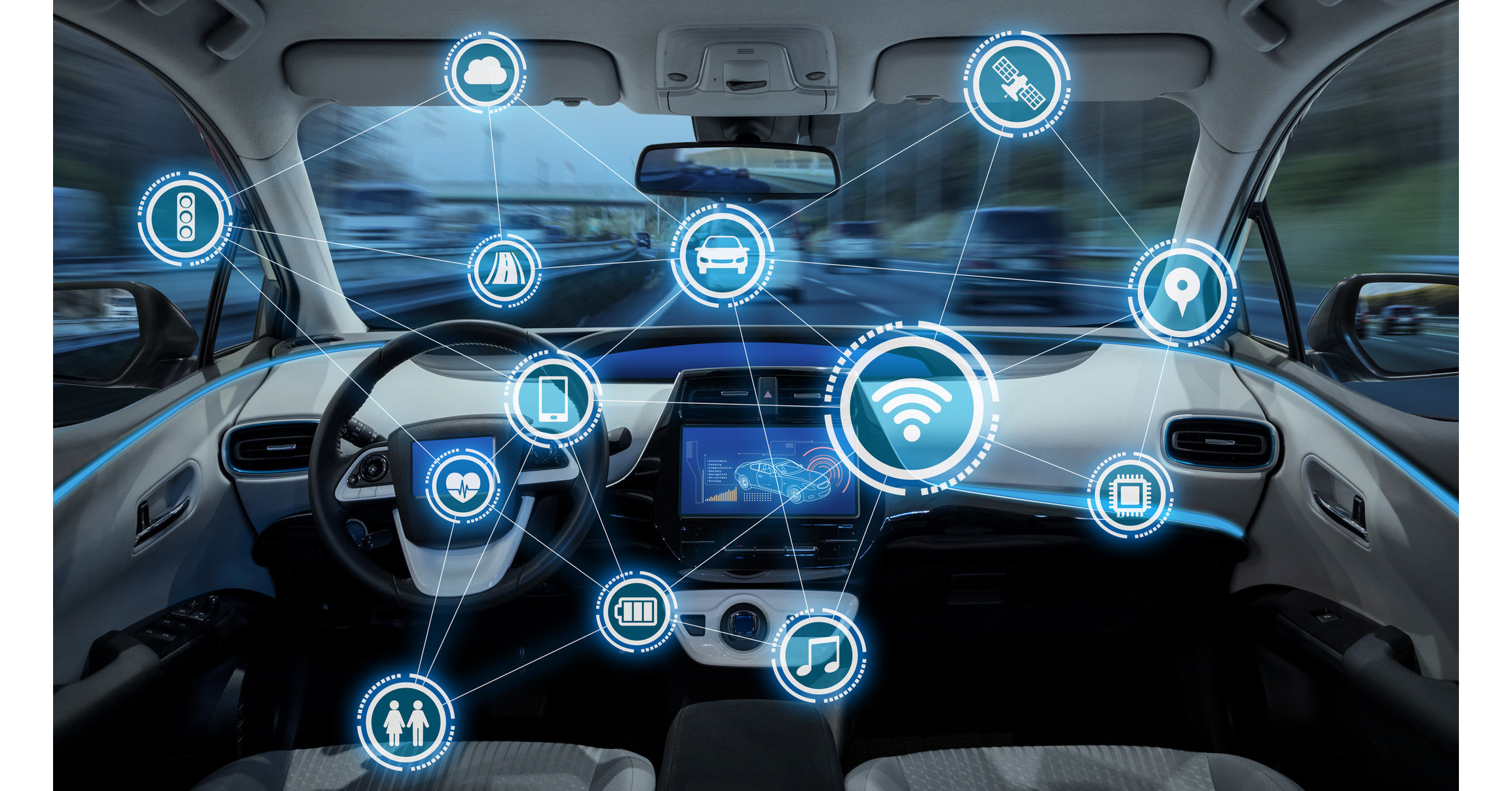
Look Also: Tesla’s Hardware 4 Fsd Computer Teardown Reveals
Must-Have Technology to Get in Your Next New Car
1. Get a bird’s eye view of your surroundings
Since 2018, backup cameras have been a must, and they significantly improve your ability to see what’s behind you when your vehicle is in reverse. However, there is a method that is even more effective and covers all four sides of your vehicle.
Systems that provide a “bird’s eye” or “surround view” of your vehicle place several cameras on the bumpers, side view mirrors, trunk/tailgate, and grille. They work together to create a fake 360-degree image of the area around your car.
It is fantastic when parallel parking or moving your automobile into or out of small spots. Some systems even include indicators that display your vehicle’s current orientation and its predicted course of travel in relation to the steering wheel angle.
2. Blind spot monitoring
When choosing the best car technology, Blind spot monitoring systems use sensors to warn you when a vehicle or other item is approaching from the sides or the back of your vehicle. If someone is in your blind area, you can notice a little light emerge in your side mirror or hear a ping.
It is especially helpful when switching lanes or merging onto the highway. You might avoid a collision with another car as a result. While many new cars have this safety feature as standard equipment, less expensive models may not.
3. Automatic braking
A crucial component of contemporary safety new car technology, automated braking systems can stop a vehicle, person, or object from colliding with another one. If necessary, it can slow down or stop your car completely.
Radar, video, infrared, or ultrasonic sensors detect objects in front of the car and automatically apply the brakes when detected. It also functions in reverse on some vehicles.
Imagine you are reversing out of a parking space at a grocery store. A person pushing a shopping basket approaches the car from behind. If your vehicle has automatic brakes, it will stop on its own to prevent colliding with them.
Automatic braking can often be combined with other technologies like adaptive cruise control or pre-collision systems.
4. Automatic start/stop technology will save gas
Even though it may seem unusual, your car’s ability to turn off and restart the engine whenever you fully stop has one important advantage, especially in light of the high cost of gas today.
A 2014 AAA research found that start/stop technology might reduce fuel expenses by up to 7%, or $179 annually. The test was predicated on traveling 15,000 miles annually in a car getting 20 MPG at a $3.65 per fuel price. Using current pricing and considering inflation, this amount is closer to $250 saved annually.
5. Apple CarPlay and Android Auto make your phone and car one
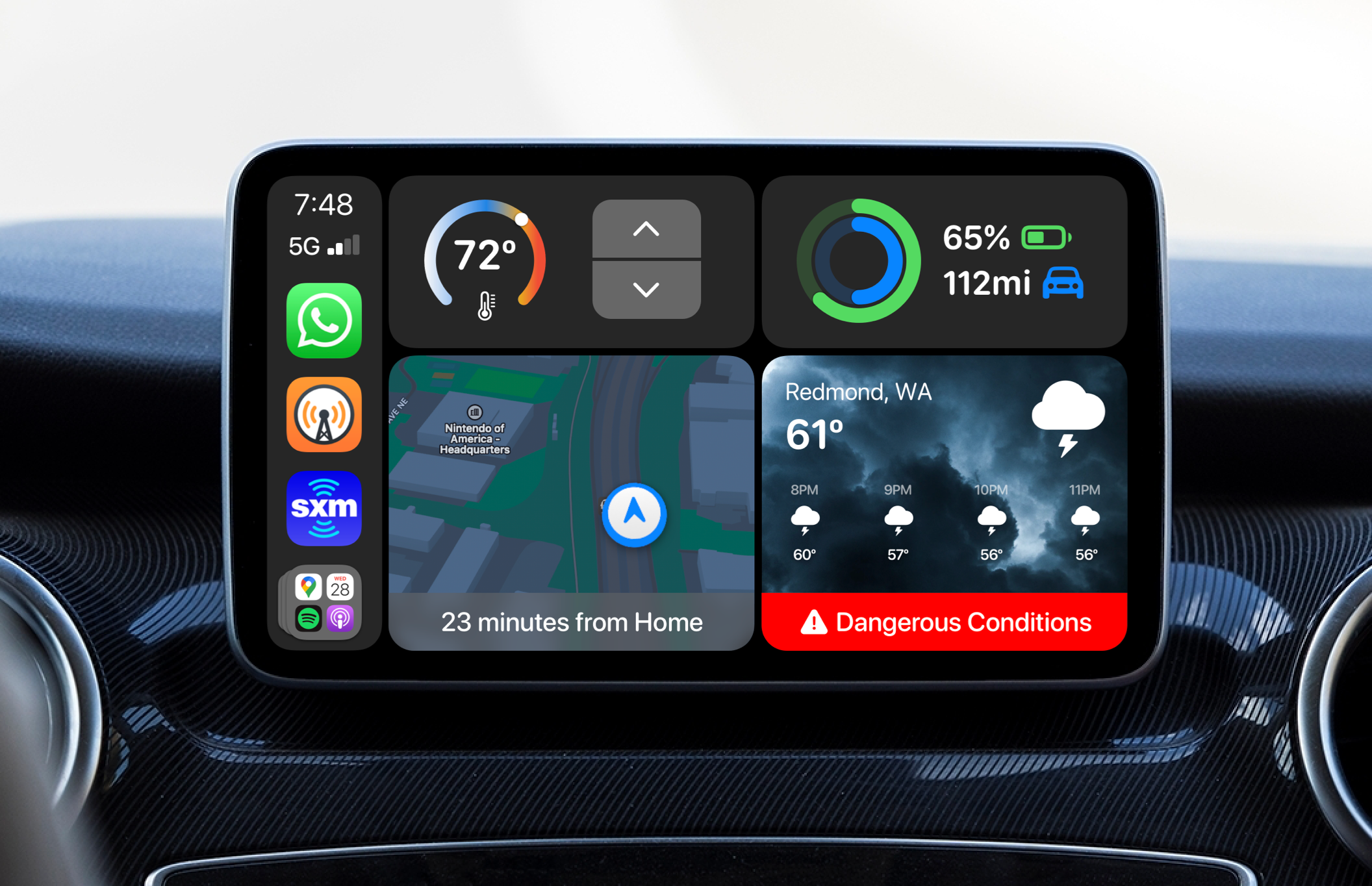
Compared to Apple and Google, automakers don’t put as much effort and money into their navigation systems. If you adore Waze, Apple Maps, or Google Maps, Apple CarPlay or Android Auto are the simplest ways to incorporate them into your vehicle.
You receive a phone-to-car interface that enables you to use your phone’s apps on the infotainment system in your vehicle. Your phone practically merges with your automobile, allowing you to manage it with the buttons and microphone on the steering wheel. It is one of the best smart car technology.
Conclusion
Many of the best new car technology have in cars now, and those being developed for the future have increased safety as their main objective. But improved car safety can also benefit you by lowering accident rates, saving you money on deductibles, and maintaining a spotless driving record. Modern high-tech cars have fascinating and useful safety features, and automakers are always developing new ones to satisfy consumer demand.
FAQs
When choosing new car technology, consider factors such as your specific needs and preferences, the level of safety features, connectivity options, entertainment systems, navigation capabilities, compatibility with your smartphone or other devices, and the overall reliability and user-friendliness of the technology.
When choosing new car technology, consider factors such as your specific needs and preferences, the level of safety features, connectivity options, entertainment systems, navigation capabilities, compatibility with your smartphone or other devices, and the overall reliability and user-friendliness of the technology.
To assess the reliability and user-friendliness of new car technology, you can read reviews from reputable sources, such as automotive publications or online platforms. Look for feedback on the technology’s performance, ease of use, and any potential issues or glitches reported by current users.
Safety is a crucial aspect to consider when choosing new car technology. Look for features such as advanced driver assistance systems (ADAS), including adaptive cruise control, lane-keeping assist, automatic emergency braking, and blind-spot monitoring.

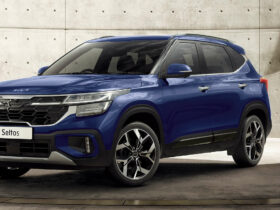
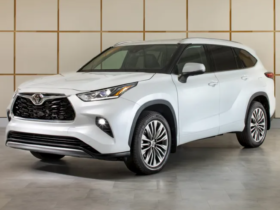
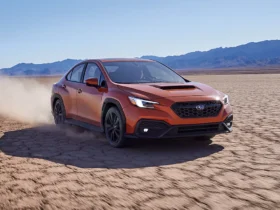
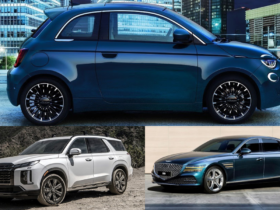

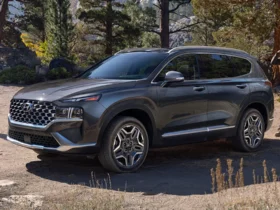


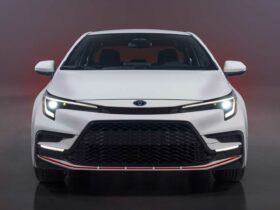

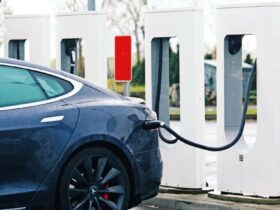

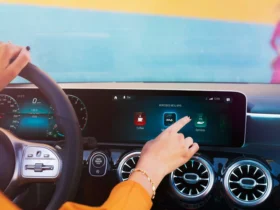

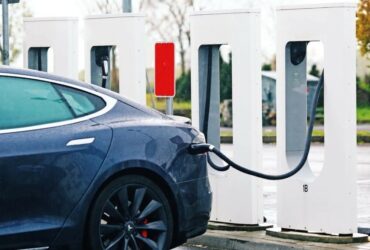

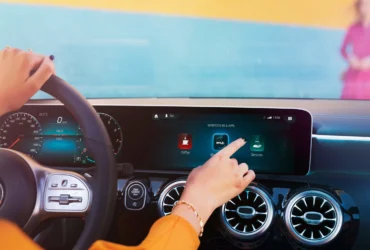


Leave a Reply